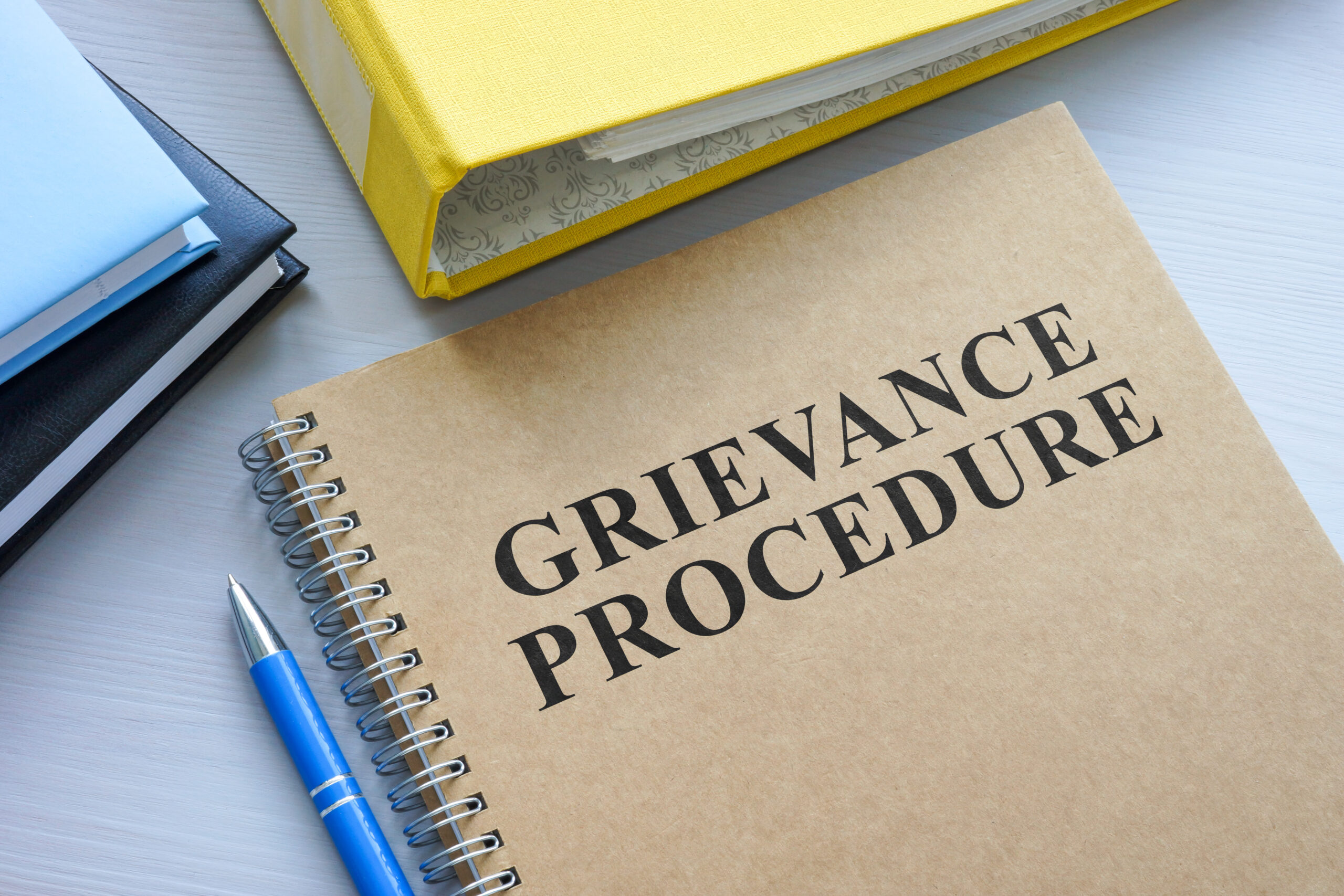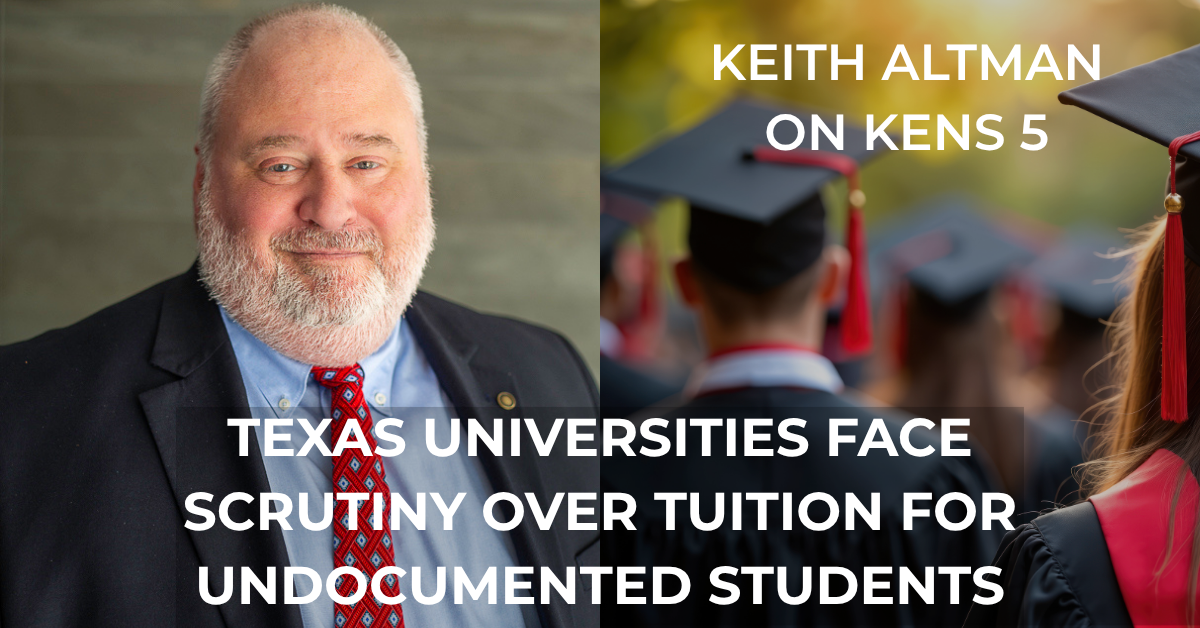Title IX, a federal civil rights law enacted in 1972, protects individuals from discrimination based on sex in educational programs and activities that receive federal funding. It is particularly critical in addressing cases of sexual harassment and assault in schools and colleges.
One of the most debated aspects of Title IX grievance procedures is the evidentiary standard—the level of proof required to determine responsibility. Recent regulatory changes have shifted these standards, creating a dynamic landscape for schools, students, and administrators.
In this blog, we’ll explore what evidentiary standards mean, the options available under Title IX, and how they impact grievance procedures for sexual harassment cases.
Understanding Title IX and Evidentiary Standards
What Is Title IX?
Title IX of the Education Amendments of 1972 prohibits sex-based discrimination in educational settings. This includes:
- Sexual harassment or assault.
- Unequal access to opportunities based on sex.
- Retaliation for reporting discriminatory behavior.
Under Title IX, schools are required to have clear procedures for addressing complaints of sexual misconduct and ensuring a safe learning environment for all students.
What Are Evidentiary Standards?
Evidentiary standards are the thresholds of proof required to determine responsibility in legal or administrative proceedings. In Title IX cases, these standards decide whether the evidence presented is sufficient to find someone responsible for sexual harassment.
Key Evidentiary Standards Used in Title IX Cases
Title IX grievance procedures allow institutions to choose between two evidentiary standards:
1. Preponderance of the Evidence
- Definition: The evidence shows that it is “more likely than not” that the alleged conduct occurred.
- Threshold: Requires a greater than 50% likelihood of responsibility.
- Usage: Commonly used in civil cases, this standard is seen as more equitable for both parties in a Title IX context.
- Example: If the evidence suggests a 51% chance that the misconduct occurred, the accused can be found responsible.
2. Clear and Convincing Evidence
- Definition: The evidence must be highly and substantially more likely to be true than untrue.
- Threshold: Requires a significantly higher degree of certainty than preponderance of the evidence.
- Usage: Less commonly applied but favored by institutions that prioritize protecting the accused from wrongful findings.
- Example: The evidence must leave a firm conviction that the alleged misconduct occurred.
Title IX Regulations and Shifting Standards
The 2020 Title IX Regulations
In May 2020, the U.S. Department of Education under Secretary Betsy DeVos issued new Title IX regulations, which included:
- Allowing schools to choose between the preponderance of the evidence and clear and convincing standards.
- Mandating consistency in evidentiary standards across all cases of misconduct, including those involving employees and students.
Impact:
Institutions were required to clearly communicate which standard they use and apply it uniformly.
Potential Changes Under the Biden Administration
In 2021, the Biden Administration announced plans to review and potentially revise Title IX regulations. This review includes reevaluating the evidentiary standards to ensure fairness and equity for both complainants and respondents.
How Evidentiary Standards Impact Grievance Procedures
Fairness and Equity
The chosen standard influences how cases are decided and impacts perceptions of fairness for:
- Complainants: A lower standard like preponderance of the evidence may feel more supportive to victims seeking justice.
- Respondents: A higher standard like clear and convincing evidence may provide stronger protections against wrongful findings.
Challenges for Institutions
Schools must carefully navigate these standards to:
- Ensure compliance with federal guidelines.
- Avoid potential lawsuits from either party claiming unfair treatment.
- Maintain transparency and trust in their grievance processes.
Key Steps in Title IX Grievance Procedures
1. Filing a Complaint
- A student or employee can file a formal complaint of sexual harassment or misconduct with the school’s Title IX Coordinator.
2. Investigation
- Schools are required to conduct an impartial investigation, which involves:
- Gathering evidence from both parties.
- Conducting interviews with witnesses.
- Reviewing relevant documents, texts, or emails.
3. Live Hearings
- Many institutions now hold live hearings where:
- Both parties can present evidence and witnesses.
- Cross-examination is conducted, often by advisors or attorneys.
4. Decision-Making and Evidentiary Standards
- The evidentiary standard guides the decision-maker(s) in determining responsibility.
- The standard used is typically communicated to both parties at the start of the grievance process.
5. Appeals
- Both parties have the right to appeal the decision based on procedural errors, new evidence, or perceived bias.
Balancing Rights: Complainants vs. Respondents
Considerations for Complainants
- Access to Justice: A lower standard like preponderance of the evidence is often viewed as a more accessible path for victims.
- Preventing Retaliation: Strong protections are needed to ensure that victims feel safe reporting misconduct.
Considerations for Respondents
- Presumption of Innocence: Higher standards like clear and convincing evidence protect against wrongful findings.
- Reputational Risks: Accusations of sexual misconduct can have severe consequences, even if the accused is ultimately found not responsible.
Criticisms and Controversies
Debate Over Standards
- Advocates for Majority of the Evidence argue that it aligns with civil rights protections and ensures accessibility for victims.
- Advocates for Clear and Convincing Evidence claim it provides a more rigorous threshold, safeguarding against wrongful determinations.
Consistency Across Institutions
Critics highlight that allowing schools to choose between standards creates inconsistency and confusion for students, especially those transferring between institutions.
Conclusion
The evidentiary standard used in Title IX sexual harassment grievance procedures plays a crucial role in ensuring fairness for all parties involved. Whether institutions adopt the preponderance of the evidence or clear and convincing standard, their decision must prioritize equity, transparency, and compliance with federal regulations.
Understanding these standards empowers students, parents, and educators to navigate Title IX processes effectively. As policies continue to evolve, staying informed is essential to advocate for fair and just outcomes,




